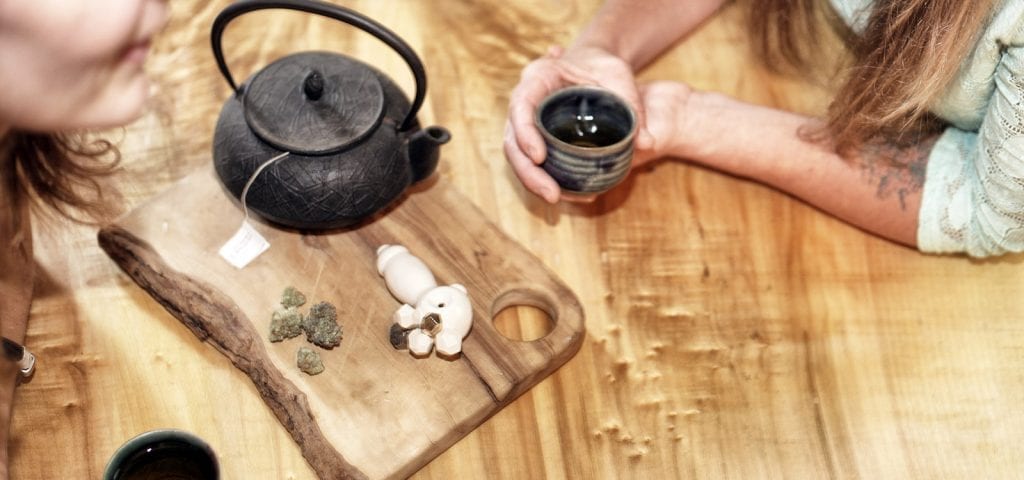Two new studies show changes in not just cannabis consumer buying habits but the consumers themselves, according to a report from the Cannabist. A New Frontier Data analysis shows a 21 percent decrease in flower demand in recreational markets from January to December 2016, while a BDS Analytics survey found that women comprise the majority of new customers in Colorado and California.
According to the New Frontier Data report, the market share for flower also decreased in medical cannabis markets, from 87 percent in Jan. 2017 to 65 percent in December; meanwhile the sector saw demand for concentrates more than double from 10 percent to 27 percent. Medical customers also spent three times more on cannabis than their recreational counterparts.
Recreational markets saw demand for concentrates grow from 10 percent to 21 percent, and the demand for pre-rolled joints climb from 1 percent to 8 percent, the report says.
John Kagia, New Frontier Data’s vice president of industry analytics, said the trends reflect the legal industry’s scaling toward products that weren’t readily available in the illicit market, such as vape pens and “sophisticated, dosed edibles.”
“Pre-rolled products have gone from an afterthought filled with leftover cannabis to a premium product made with high-end strains and sold in elegant, easy transport packages,” he said in the Cannabist report. “You can smell a joint from a mile away, but vaping offers a discreet way to consume. Our society has also undergone a radical transformation in our views towards smoking tobacco, so the perceived benefits of vaping rather than smoking may also be one factor for the market shift.”
The BDS survey also discovered the survey participants who consumed cannabis in the past six months had a tendency to live a healthier lifestyle. Researchers found that 56 percent of survey participants who consumed cannabis were more likely to engage in physical activity on a once-a-week or greater basis compared to non-consumers. The survey showed 56 percent of consumers participated in outdoor recreation compared with 34 percent of non-consumers; 42 percent participated in yoga or Pilates compared to 21 percent of non-consumers; and 53 percent worked out at a gym, compared to 33 percent of non-consumers.
“That’s one of the things that’s been really fascinating to me is how much it becomes part of a routine and lifestyle,” said Linda Gilbert, who has 30 years of market research experience and leading the BDS efforts. “But it’s not a couch-potato lifestyle, it’s a healthy lifestyle.”
Get daily cannabis business news updates. Subscribe
End
